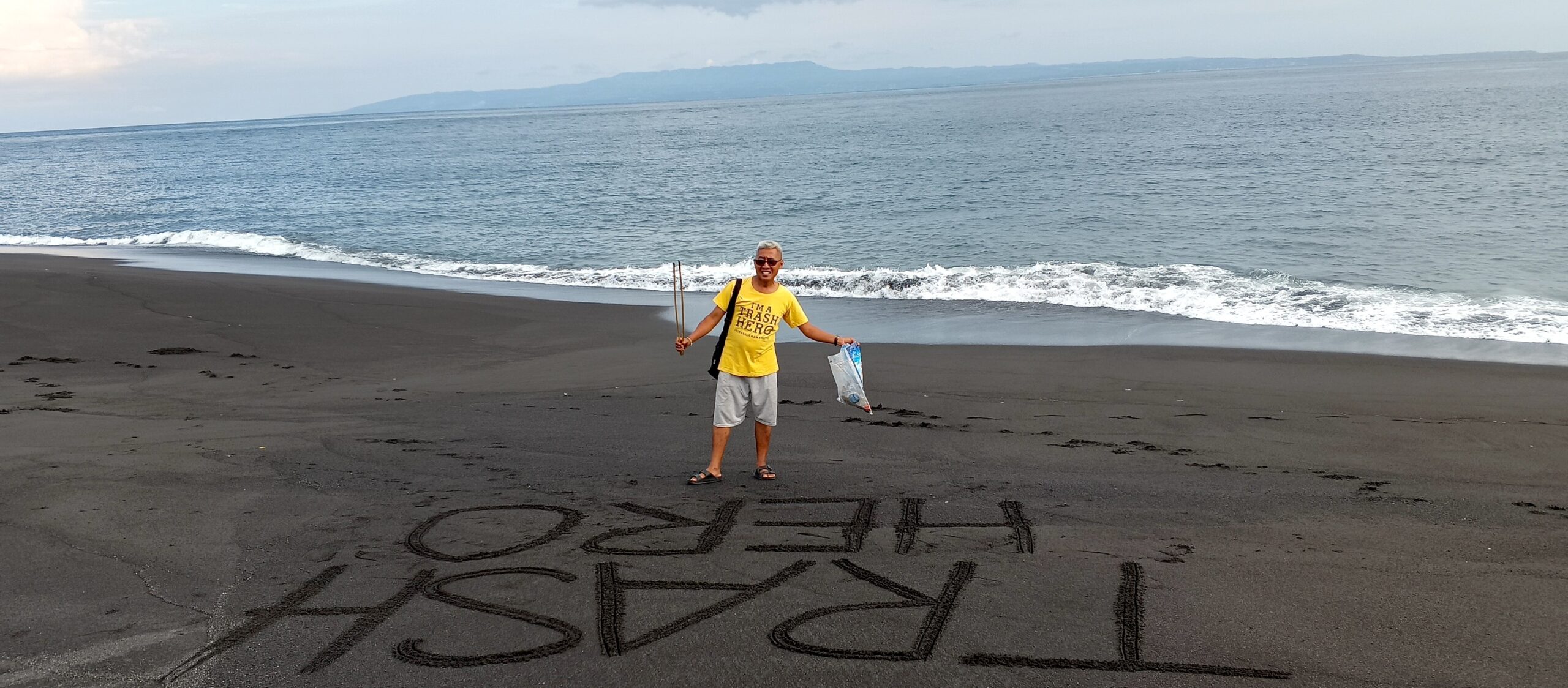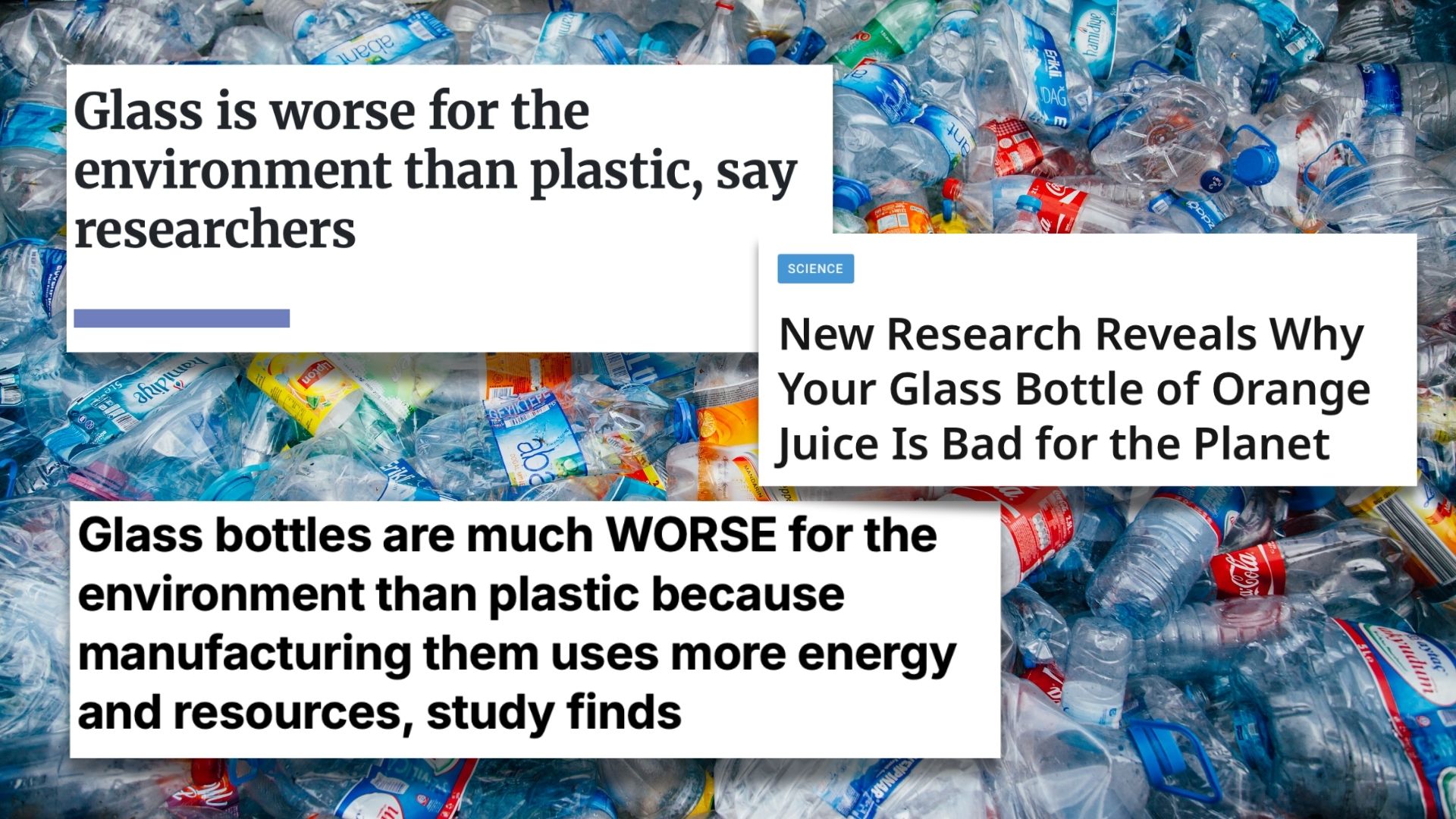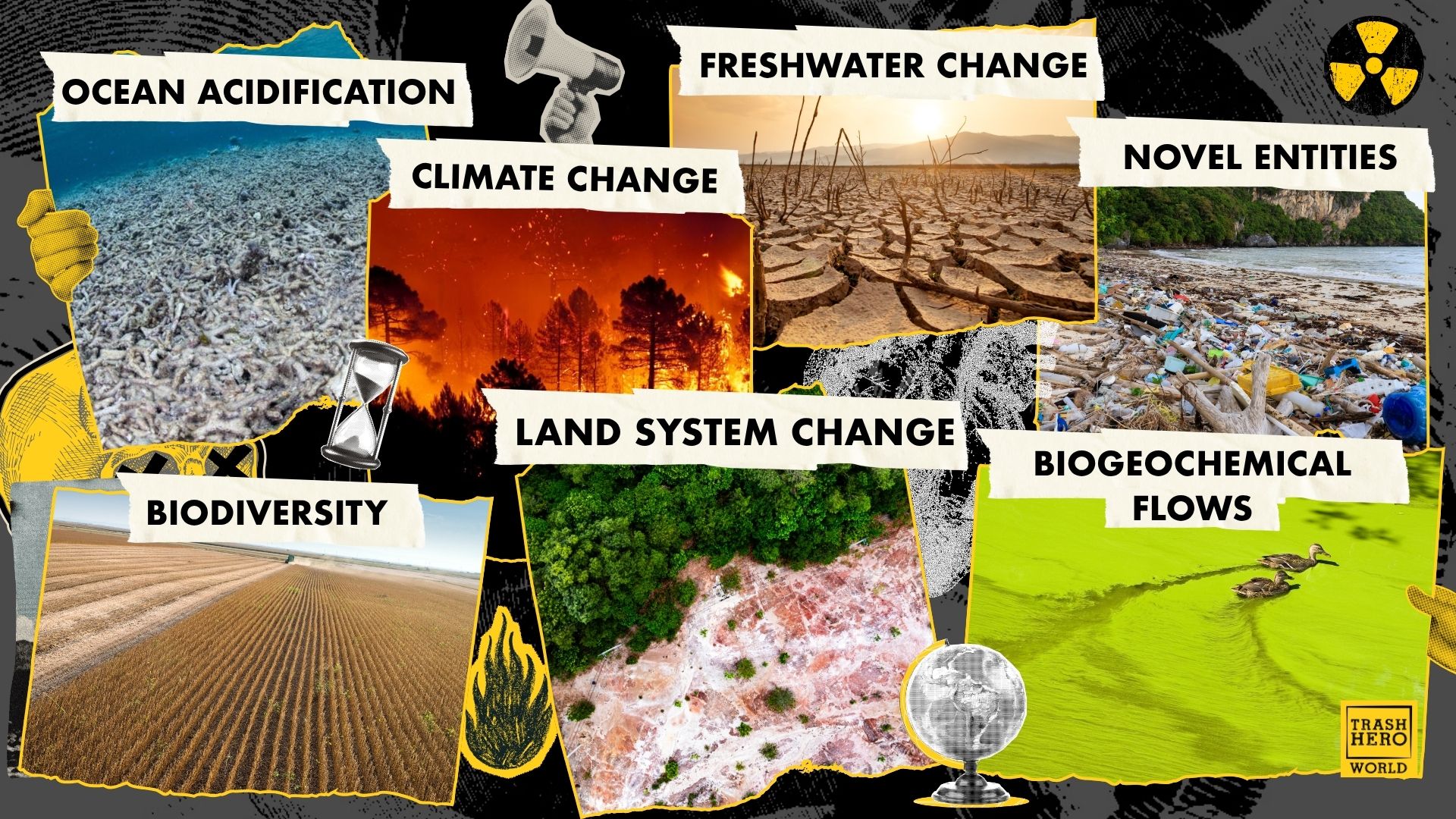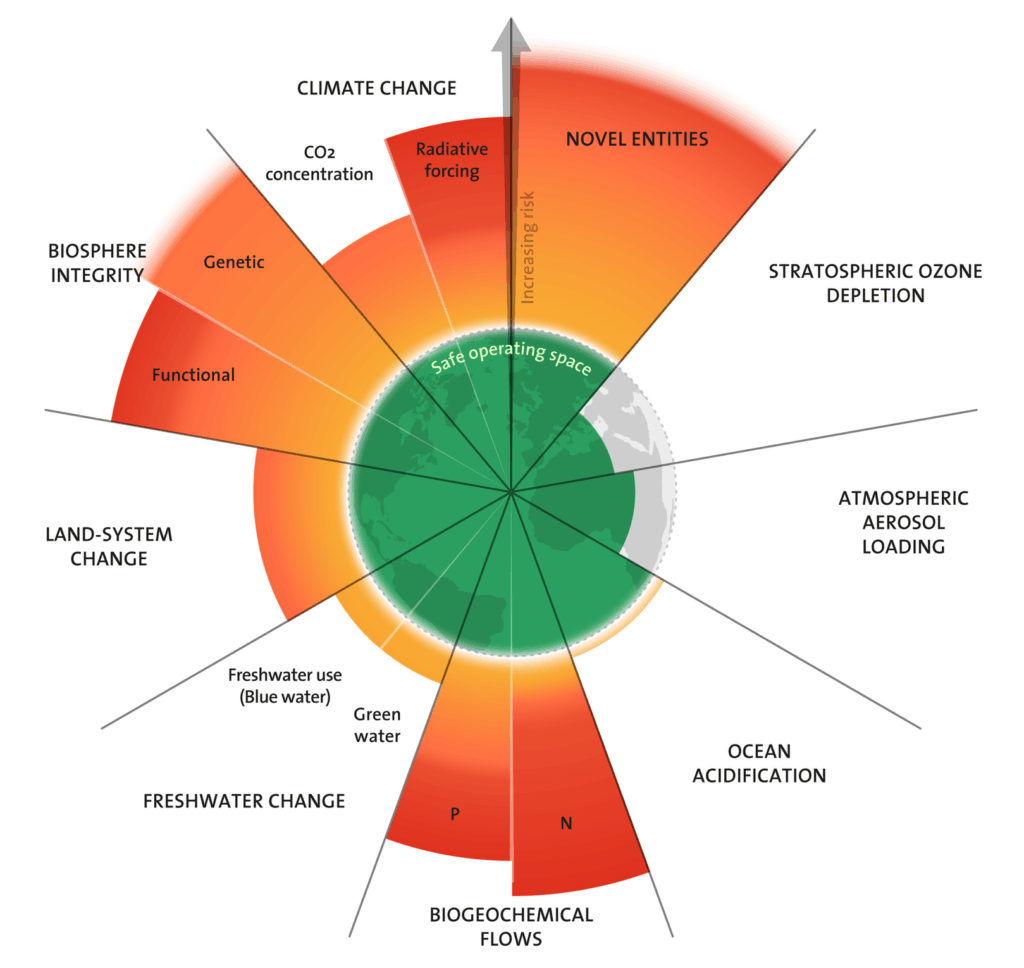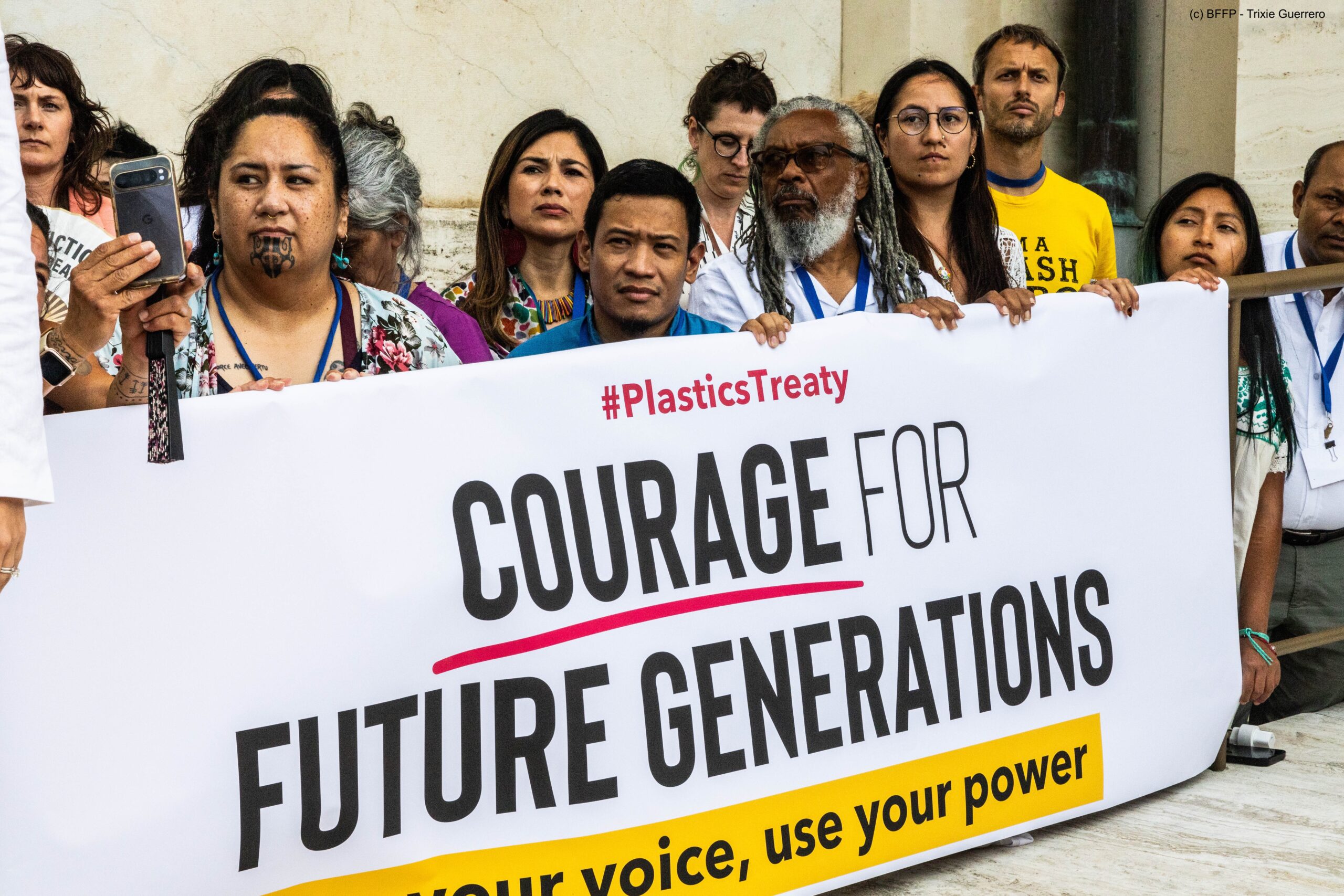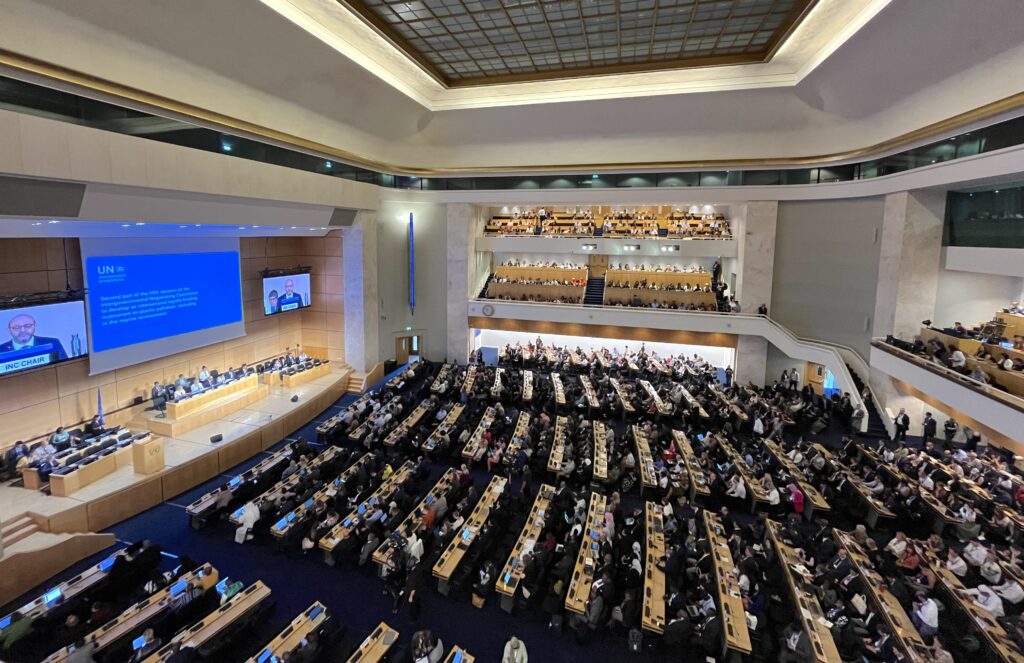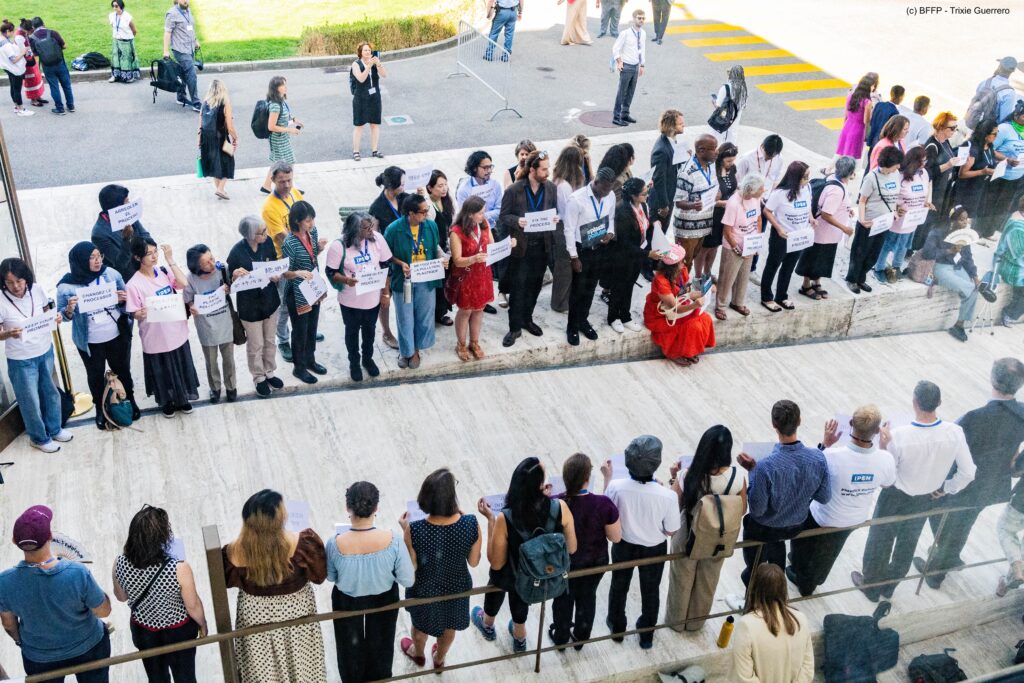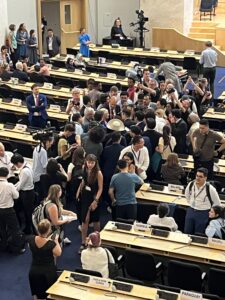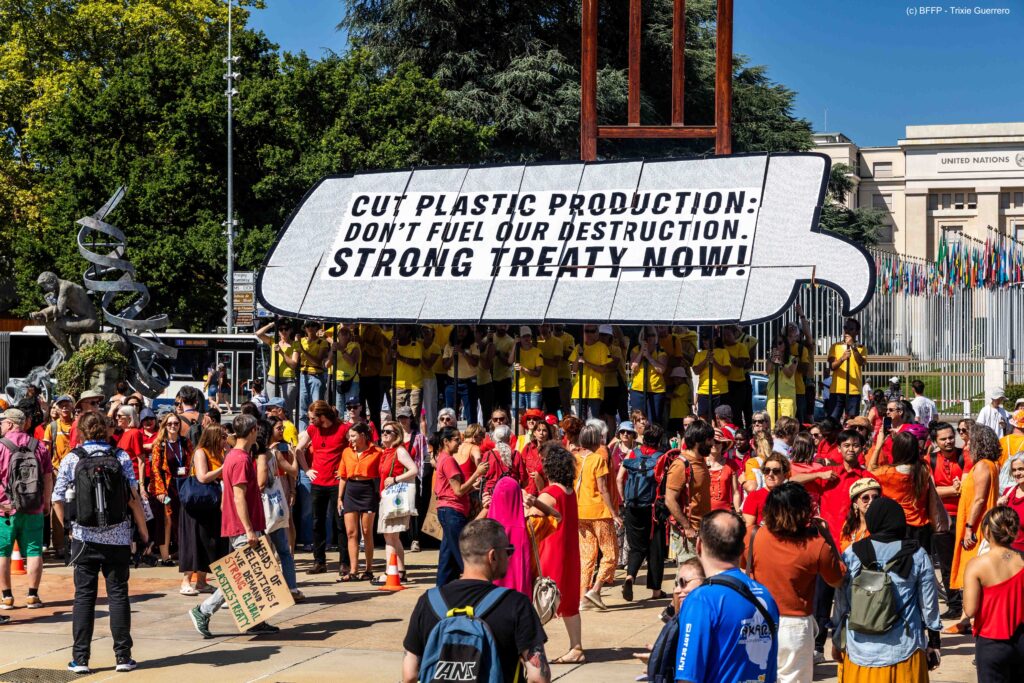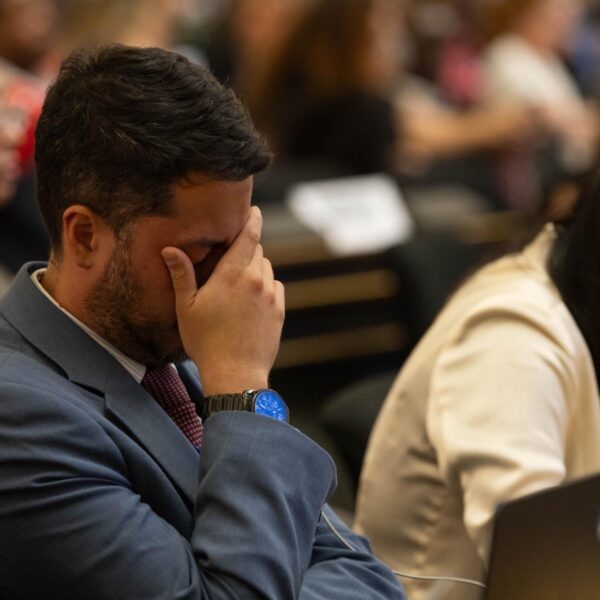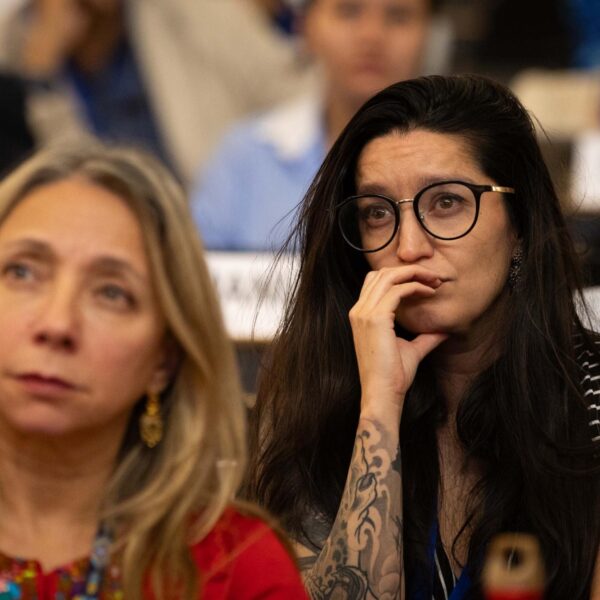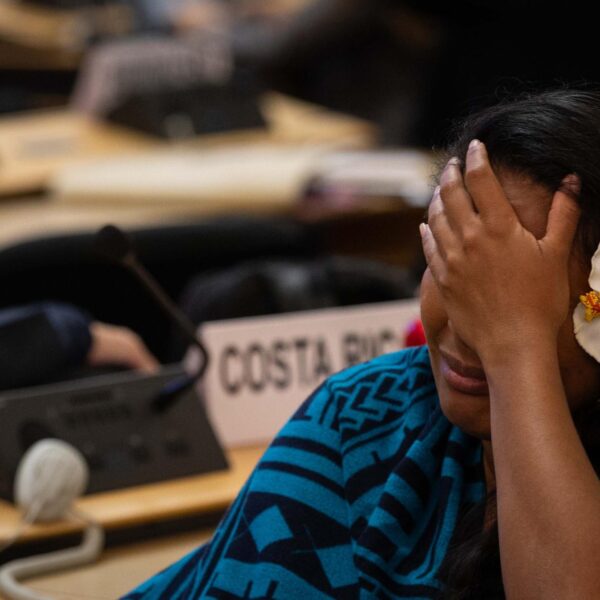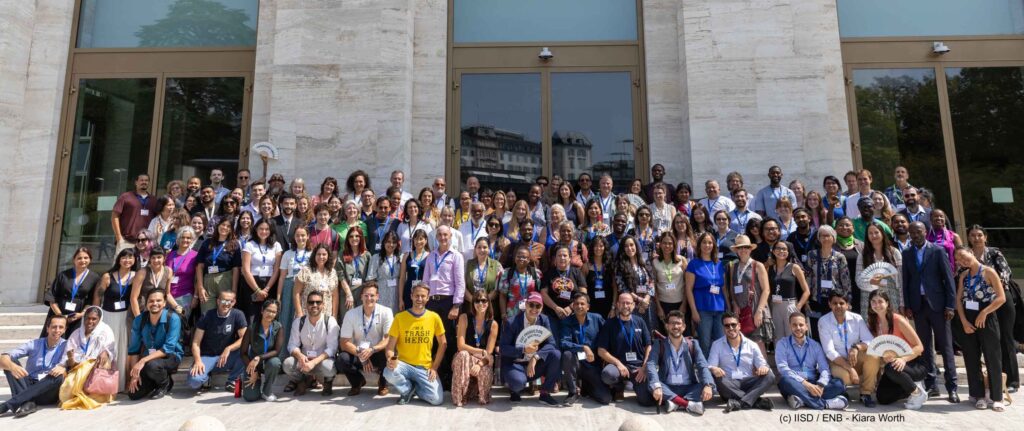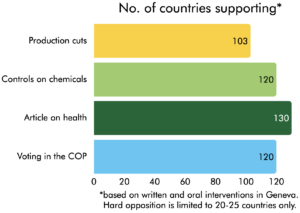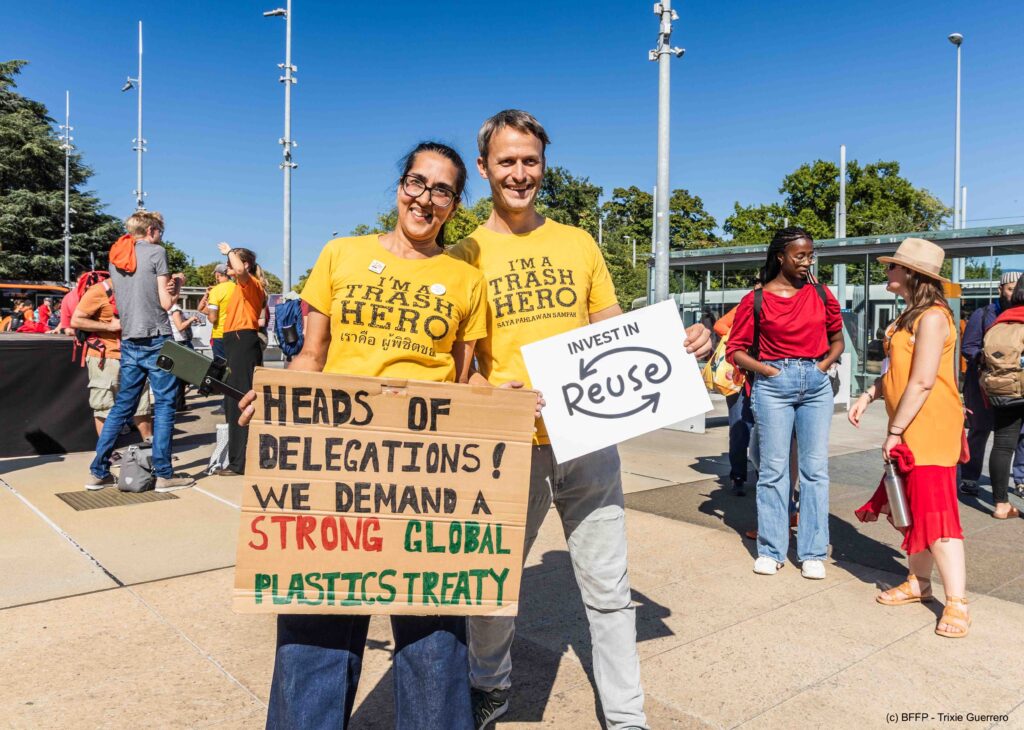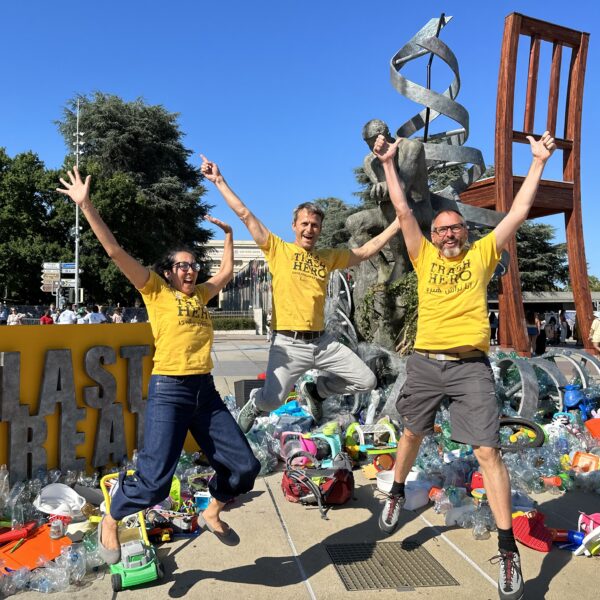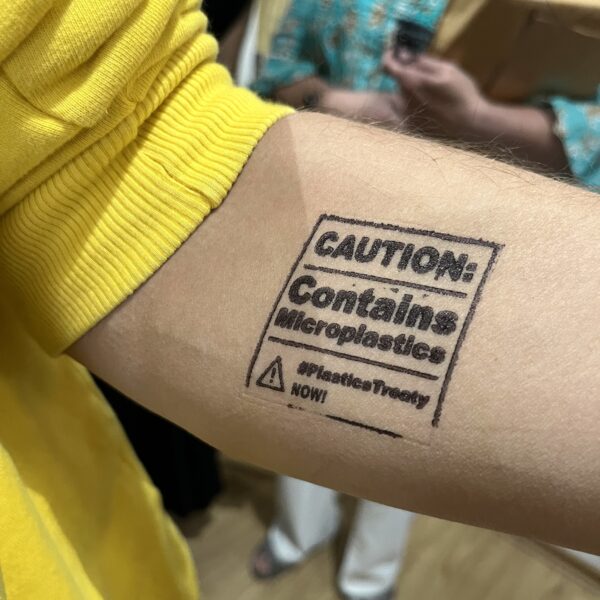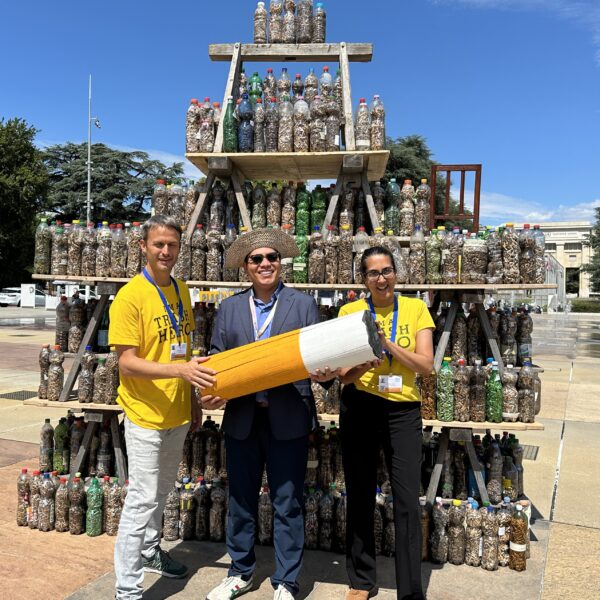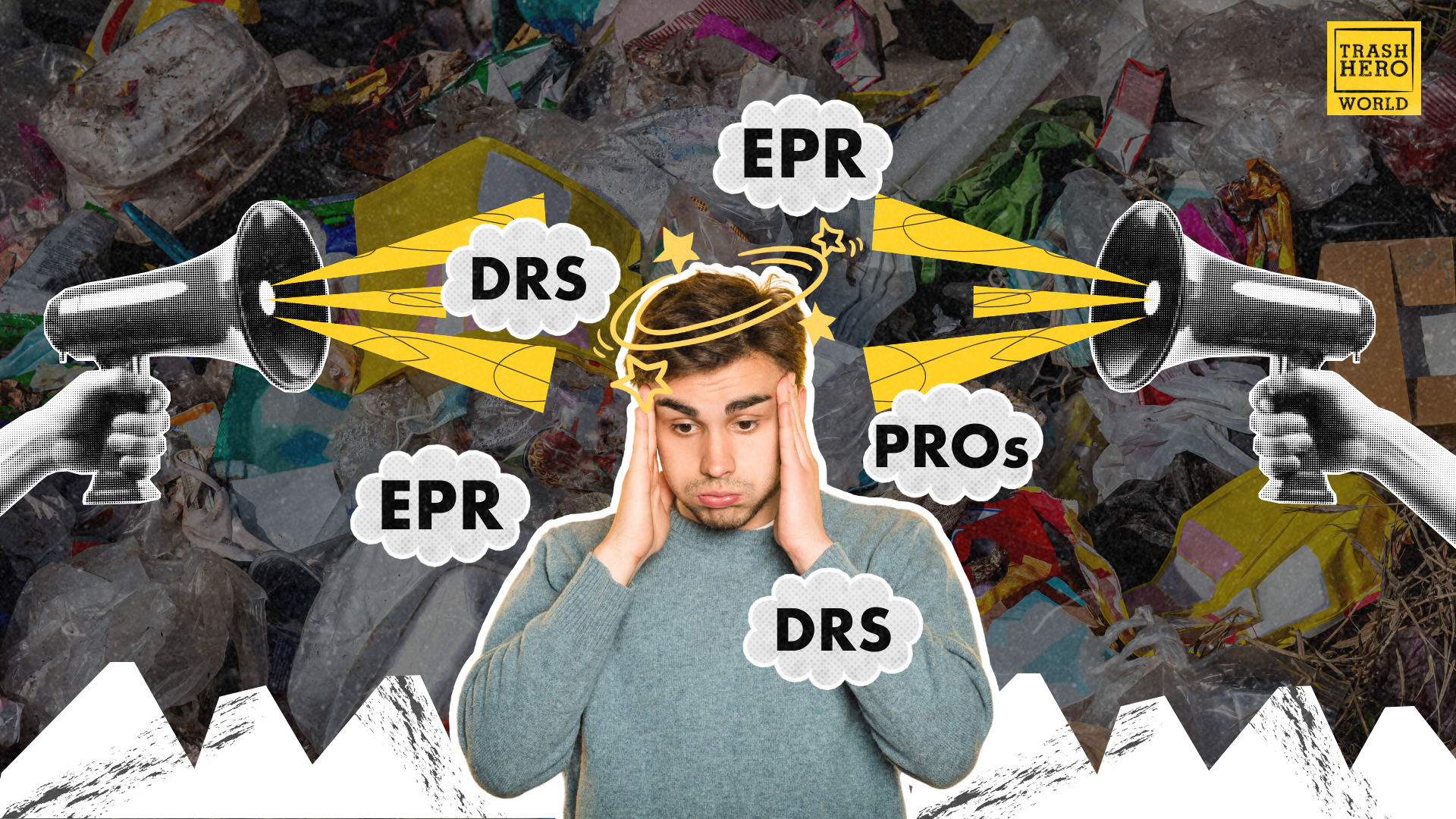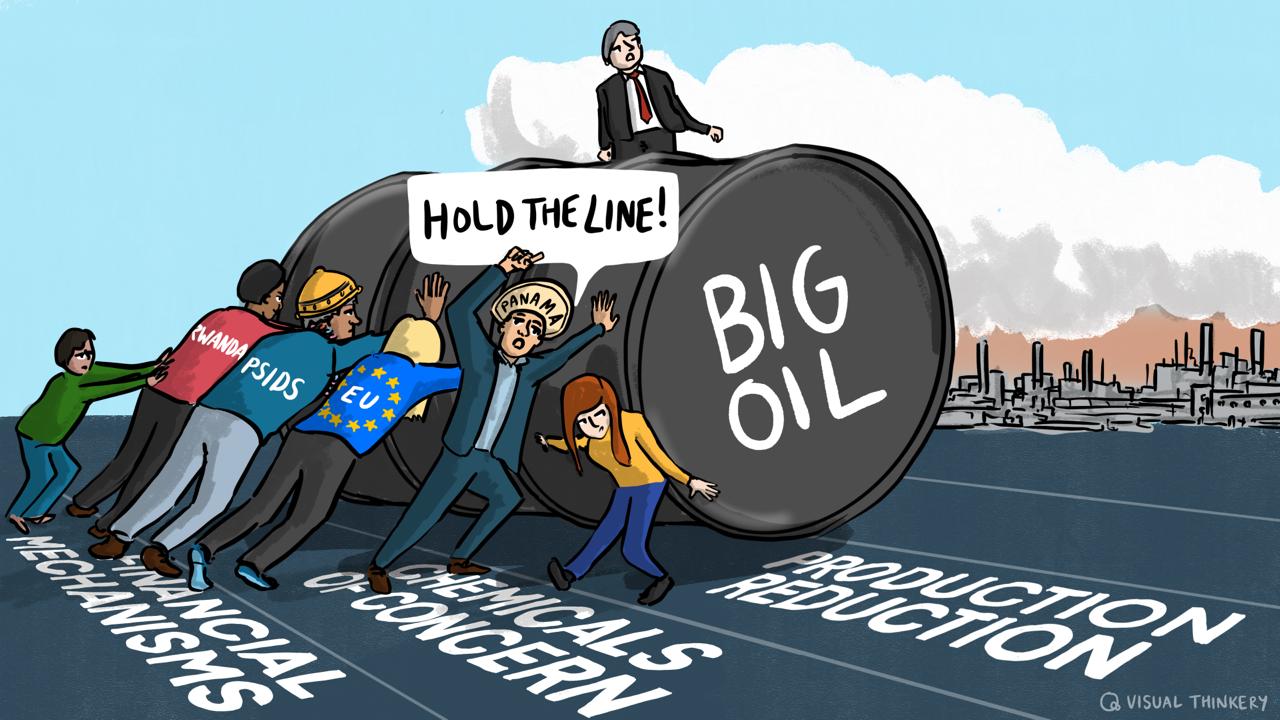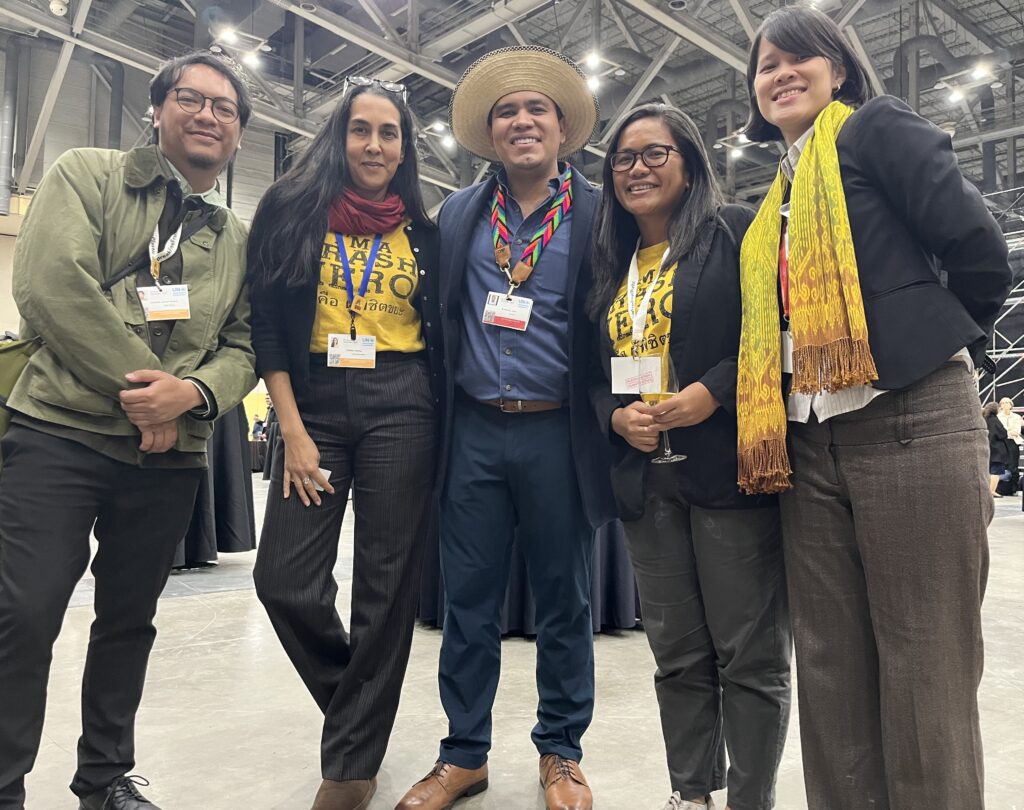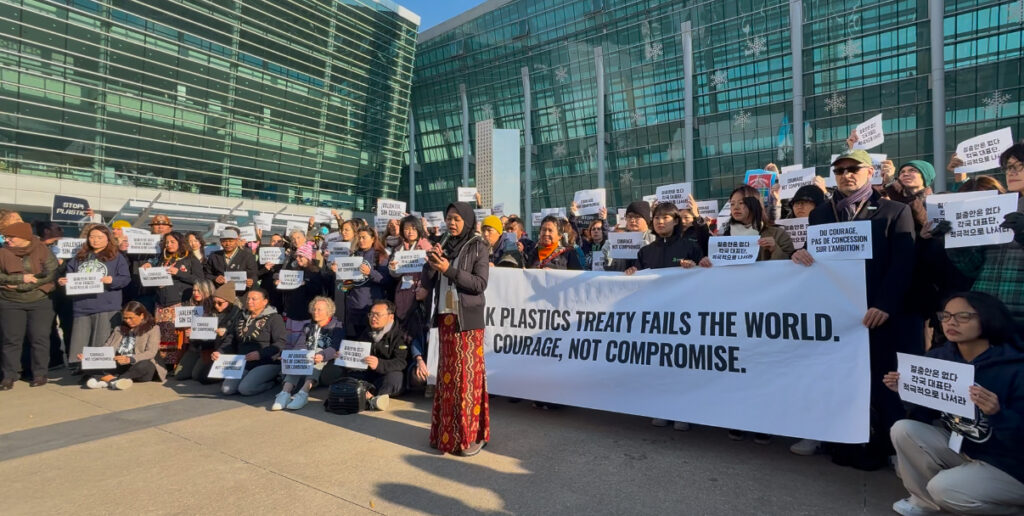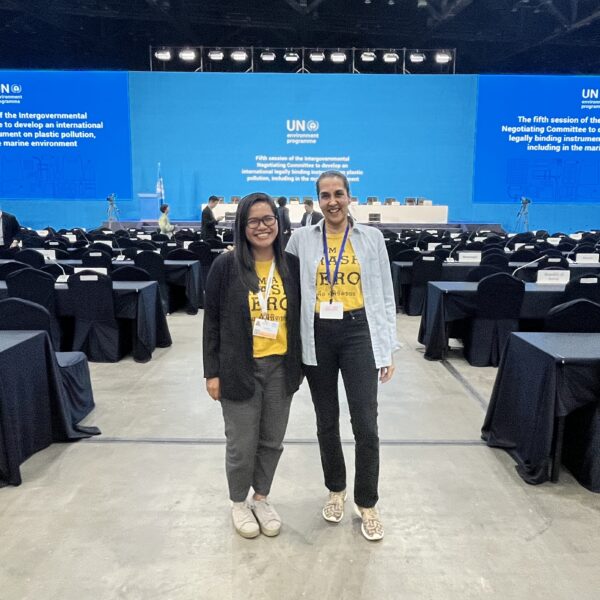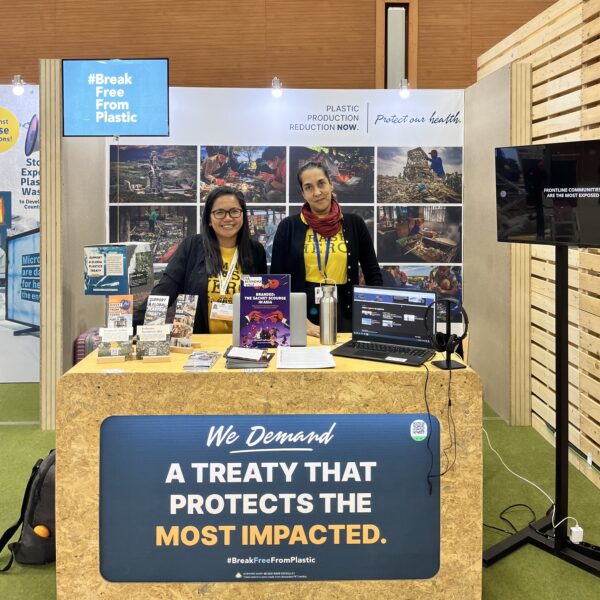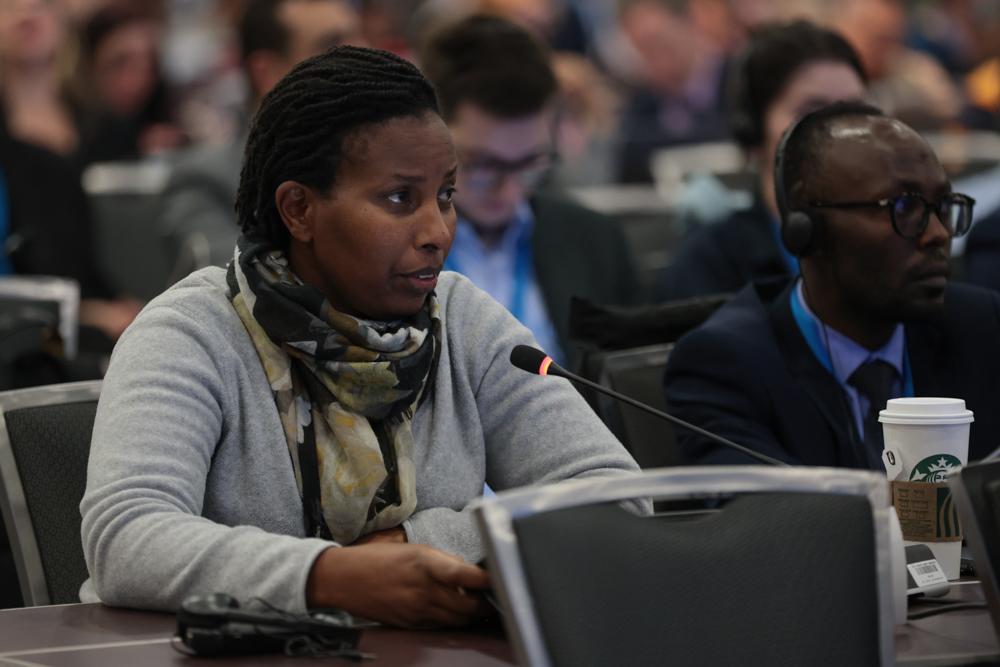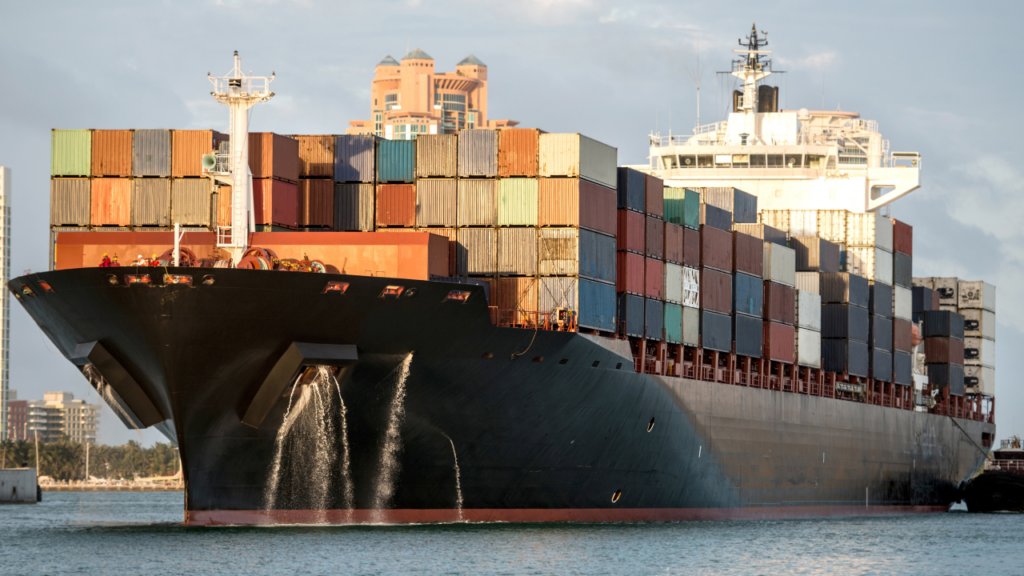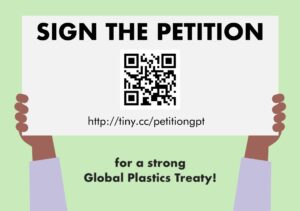Insights from the Trash Hero global volunteer survey
 What is it like to be a Trash Hero? Earlier this year we asked our volunteers to share their experiences in an anonymous survey. 156 volunteers from chapters around the world took part. This represents roughly half of our regular volunteer base, spread evenly among chapter leaders, core team members and frequent participants (with no special responsibilities).
What is it like to be a Trash Hero? Earlier this year we asked our volunteers to share their experiences in an anonymous survey. 156 volunteers from chapters around the world took part. This represents roughly half of our regular volunteer base, spread evenly among chapter leaders, core team members and frequent participants (with no special responsibilities).
The answers they gave will help to guide our work over the coming months. They show what’s working, what needs attention, and how this movement continues to grow – not just in numbers, but in confidence, wellbeing and community power. Here are the key takeaways.
1. Volunteering feels good – and meaningful
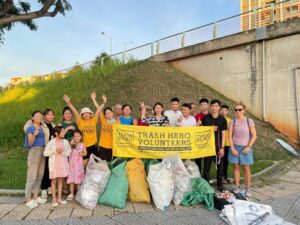 Across all regions, the message was clear: people enjoy showing up.
Across all regions, the message was clear: people enjoy showing up.
- 94% enjoy volunteering
- 92% feel valued
- 88% feel they’re making a difference
Even though the work can sometimes feel never-ending (we leave a place clean, but the trash is always back next time), most felt connected to the bigger picture and able to contribute in a way that matters.
“During my time as a Trash Hero volunteer, I’ve felt incredibly useful to the community. Even with small activities like this, the impact was very good for the community and the environment too.” Regular volunteer, Indonesia
“People become more aware through the sharing of [activities] on social media. Feedback often indicates that people pick up litter themselves or are more mindful of waste prevention.” Core team member, Trash Hero Lübeck, Germany
2. A strong sense of purpose and belonging
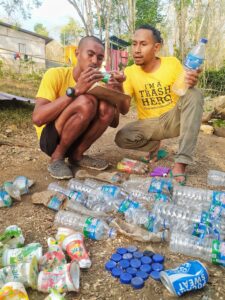 Many volunteers spoke about the feeling of being part of a global movement.
Many volunteers spoke about the feeling of being part of a global movement.
- 85% feel a sense of purpose
- 86% feel part of something bigger
That sense of belonging is one of the strongest markers of resilience – and one reason our chapters have continued for years with steady participation.
“I feel like I’ve become a more connected, wiser, and more useful person since joining Trash Hero. There’s a real positive contribution I can make.” Core team member, Trash Hero Larantuka, Indonesia
3. Personal growth: confidence, skills and wellbeing
 Volunteering with Trash Hero isn’t only about taking care of the environment. It changes people too.
Volunteering with Trash Hero isn’t only about taking care of the environment. It changes people too.
- 81% say they have gained new skills and knowledge
- 73% report improved health and wellbeing
- 66% feel more confident after joining
Asian volunteers were more likely to notice these changes than their European counterparts. People typically learn how to run cleanups, coordinate teams, talk to local businesses, debunk false solutions and advocate for change. Small weekly actions build leadership from the ground up.
“Through volunteering, I gained much knowledge in plastic waste pollution and ways to address it.” Core team member, Trash Hero Gaw Yan Gyi, Myanmar
“It made me more confident to express myself and not feel embarrassed to do good deeds, even if what we do is dirty work.” Co-leader, Trash Hero Patong, Thailand
“I’ve expanded my network and knowledge about waste management, the dangers, and risks of plastic waste.” Core team member, Trash Hero Belu, Indonesia
4. The ripple effect: habits and communities shift
 The impact doesn’t stop at the beach, river, or street.
The impact doesn’t stop at the beach, river, or street.
- 83% say they have reduced their own waste
- 63% noticed positive changes around them
Volunteers often become the catalysts for bigger shifts — encouraging reuse habits, starting community discussions, or feeding data into research and policy work.
“My family has changed (kids now take their own tumblers to school, husband takes his own tumbler to the office, we go to the market with a basket, to Alfa [minimart] with a tote bag, weddings, etc. with our own water bottles). In neighbourhoods and communities at every meeting or event, there’s no longer bottled water; the committee provides refillable water, and participants bring their own tumblers.” Core team member, Trash Hero Ende, Indonesia
“The topic [of waste reduction] is being discussed, and my efforts have made it more visible within my circle of friends.” Leader, Trash Hero Bern, Switzerland
“In the beginning, when we started cleaning up trash, we would collect it and post reports online. It was like pointing out that the area was dirty — which the municipality might not have liked. But we kept doing it consistently, gradually building understanding. In the end, the municipality began helping by managing the trash we collected every week.” Co-leader, Trash Hero Pattani, Thailand
5. A safe, supportive environment
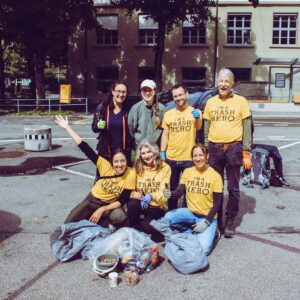 The large majority of people (83%) reported no negative experiences during their volunteering. The difficulties that were mentioned included:
The large majority of people (83%) reported no negative experiences during their volunteering. The difficulties that were mentioned included:
- 2% felt volunteering took too much of their time
- 4% felt underappreciated
- 7% reported experiencing or having to deal with a conflict
We’re addressing these issues with individual help and improved support systems. The positive experience reported by most volunteers – many of whom have served close to a decade or more – speaks to a strong local leadership and organisational culture across 95 chapters in diverse locations.
“For me, Trash Hero isn’t just about cleaning up the environment. It’s about recharging my energy. An hour at Trash Hero leaves me enjoying every moment, reenergized, feeling at peace, and welcomed by my friends in the community.” Regular volunteer, Indonesia
“It is a good experience. Members are very supportive. It’s an activity that’s always full of smiles.” Regular volunteer, Trash Hero Ao Nang
6. What this means for our mission
Trash Hero has always been a bridge: grassroots action on the ground, linked to systemic change at the local and global level. These results show that our movement stays strong not only because of numbers, but because of relationships: people feel valued; they learn and grow; they experience health, community and purpose; and they see the system around them start to shift. This is how transformation happens – from the inside out, and from the community up.
An invitation: If you’re already part of this movement: thank you. Your actions, every week, are shaping a zero-waste future.
If you’re new, or curious, or looking for a way to start: come along. Find your local Trash Hero chapter. Be part of the real solution!

